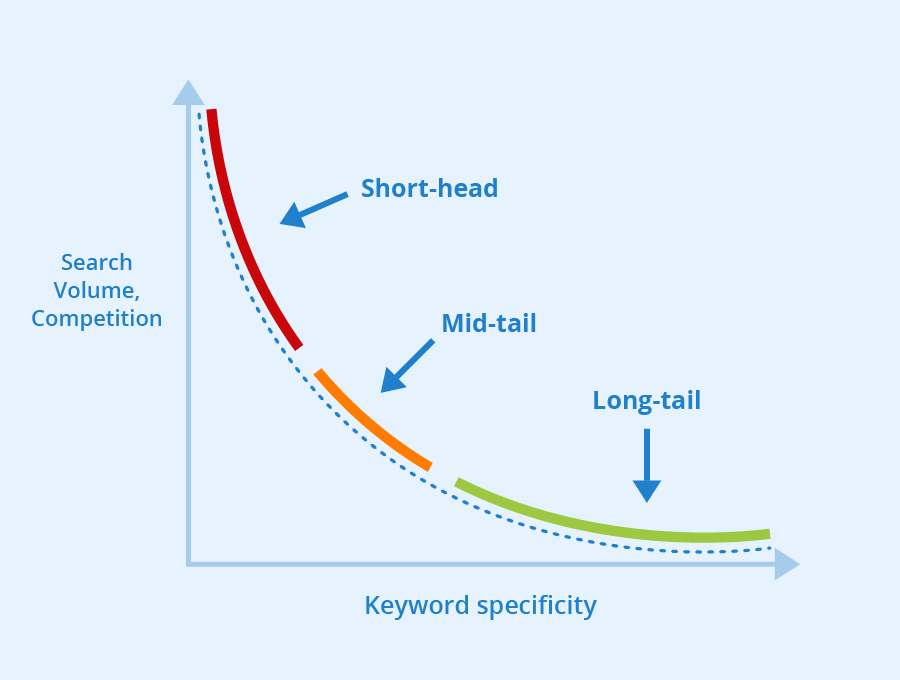Search Engine Optimization has come a long way since its inception, and it’s constantly evolving. As a SaaS company, it’s essential to stay on top of these changes to ensure your website ranks highly in search engine results pages (SERPs). In this blog post, we’ll explore some of the emerging SaaS SEO trends that you should watch out for in 2023.
User Experience (UX) Optimization
Google has always been focused on providing the best possible search results to its users, and in recent years, it has emphasized user experience as a key ranking factor.
In 2023, businesses will need to optimize their websites for user experience to rank higher in SERPs. This includes factors such as site speed, mobile-friendliness, and ease of navigation. Websites that provide a better user experience will be rewarded with higher search engine rankings.
In today’s competitive market, user experience (UX) optimization has become essential for SaaS companies. User experience is the key to creating a loyal customer base and retaining them for the long term. With the increasing number of SaaS companies in the market, it’s more important than ever to provide users with an outstanding experience.
User Testing
User testing is a crucial part of any UX optimization strategy. It involves conducting tests with users to get feedback on the design and usability of a product. This feedback can then be used to identify issues and improve the product’s overall user experience. There are many user testing tools available, such as UserTesting and Maze. These tools provide an easy way to conduct tests and gather feedback from real users.
Customer Journey Mapping
Customer journey mapping is another effective way to optimize user experience. It involves visualizing the entire customer journey from start to finish and identifying areas where customers may face challenges or friction. This can help SaaS companies to identify pain points in their customer experience and make the necessary changes to improve it. Tools like Smaply and UXPressia are great for creating customer journey maps.
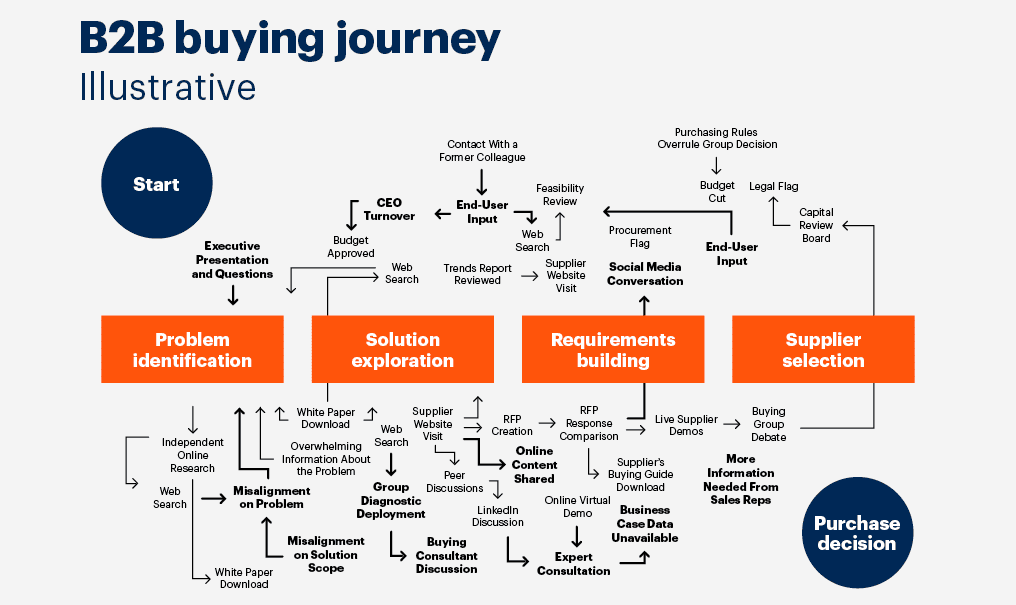
Analytics
Analytics tools are a great way to track user behavior and identify areas for improvement. Tools like Google Analytics provide valuable insights into user behavior, including user flow, bounce rate, and time on page. This information can be used to optimize user experience and improve the overall performance of a SaaS product.
A/B Testing
A/B testing is a popular optimization technique that involves testing two different versions of a product to see which performs better. This can help to identify the best design, copy, or other factors that lead to better user engagement. Tools like Optimizely and Unbounce are great for conducting A/B tests.
Heatmaps
Heatmaps provide a visual representation of how users interact with a website or product. They show which areas of a page receive the most attention and which are ignored. Heatmaps can be used to identify which areas of a product need improvement or optimization. Tools like Crazy Egg and Hotjar are great for creating heatmaps and tracking user behavior.
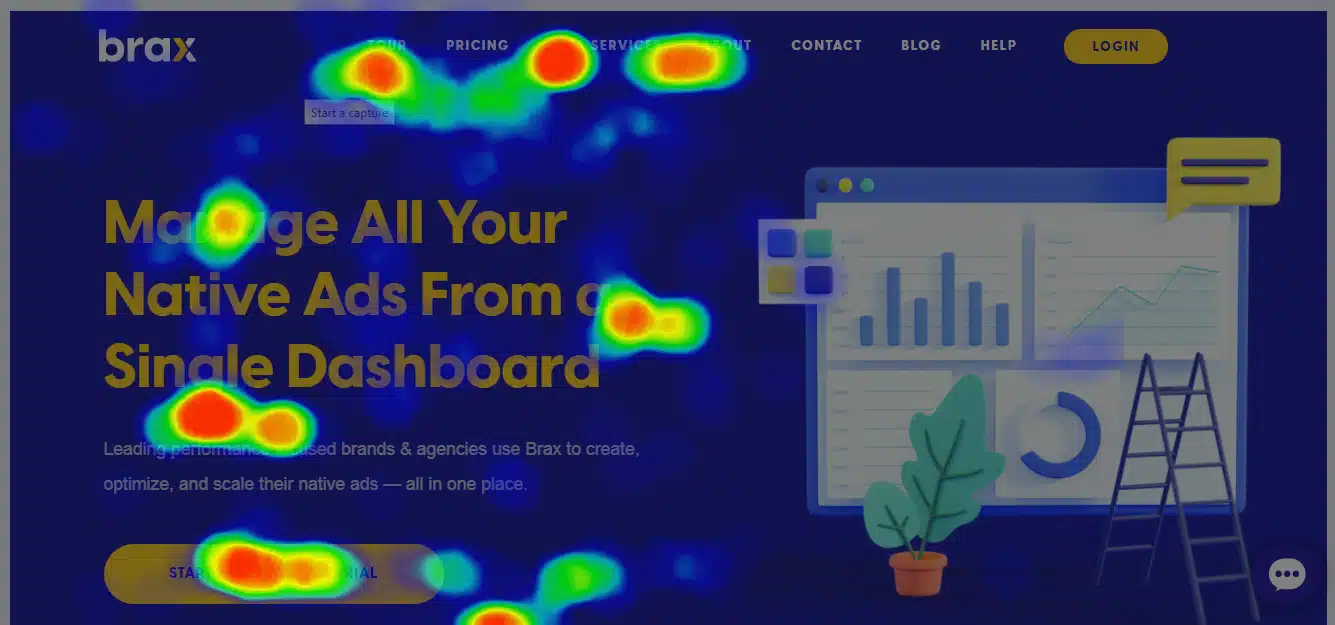
Artificial Intelligence (AI) and Machine Learning
AI and machine learning have been playing an increasingly important role, and this SaaS SEO trend will continue in 2023. Google’s AI algorithm, RankBrain, is already in use, and it helps to provide more accurate search results by understanding the meaning behind search queries. In the future, AI and machine learning will become more integrated into SEO, allowing for more accurate and personalized search results.
SaaS companies need to embrace AI-powered SEO strategies and tools to stay ahead of the curve.
Natural Language Processing (NLP)
NLP is a subfield of AI that focuses on enabling computers to understand human language. This technology has significant implications for SEO because it can help search engines better understand the content of websites. By using NLP, SaaS companies can optimize their website content for specific keywords and phrases, making it easier for search engines to understand the relevance of the content.
Content Creation
AI-powered content creation tools are becoming increasingly popular among SaaS companies. These tools use machine learning algorithms to analyze data and generate unique content for websites. By using these tools, businesses can quickly create high-quality content that is optimized for SEO.
Chatbots
Chatbots are AI-powered tools that are increasingly being used in customer service. Bots, like Jasper, can help businesses provide quick and efficient customer service, answering questions and resolving issues in real-time. By incorporating chatbots into their website, SaaS companies can improve their customer experience, reduce bounce rates, and improve their search engine rankings.
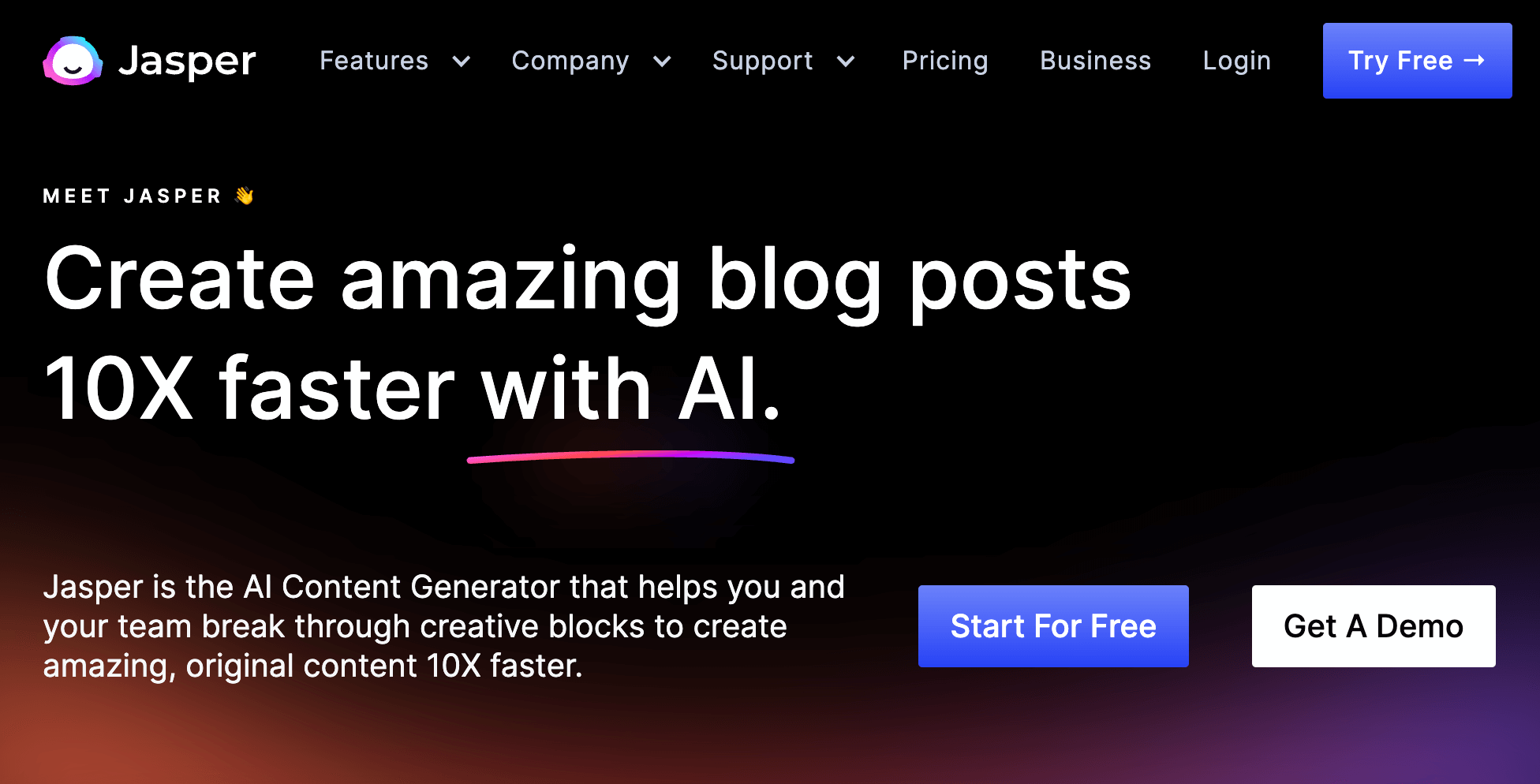
Predictive Analytics
Predictive analytics is another area where AI is making a significant impact. These tools use machine learning algorithms to analyze data and make predictions about future SaaS SEO trends. By using predictive analytics, SaaS companies can identify emerging trends and opportunities, optimize their online presence, and improve their search engine rankings.
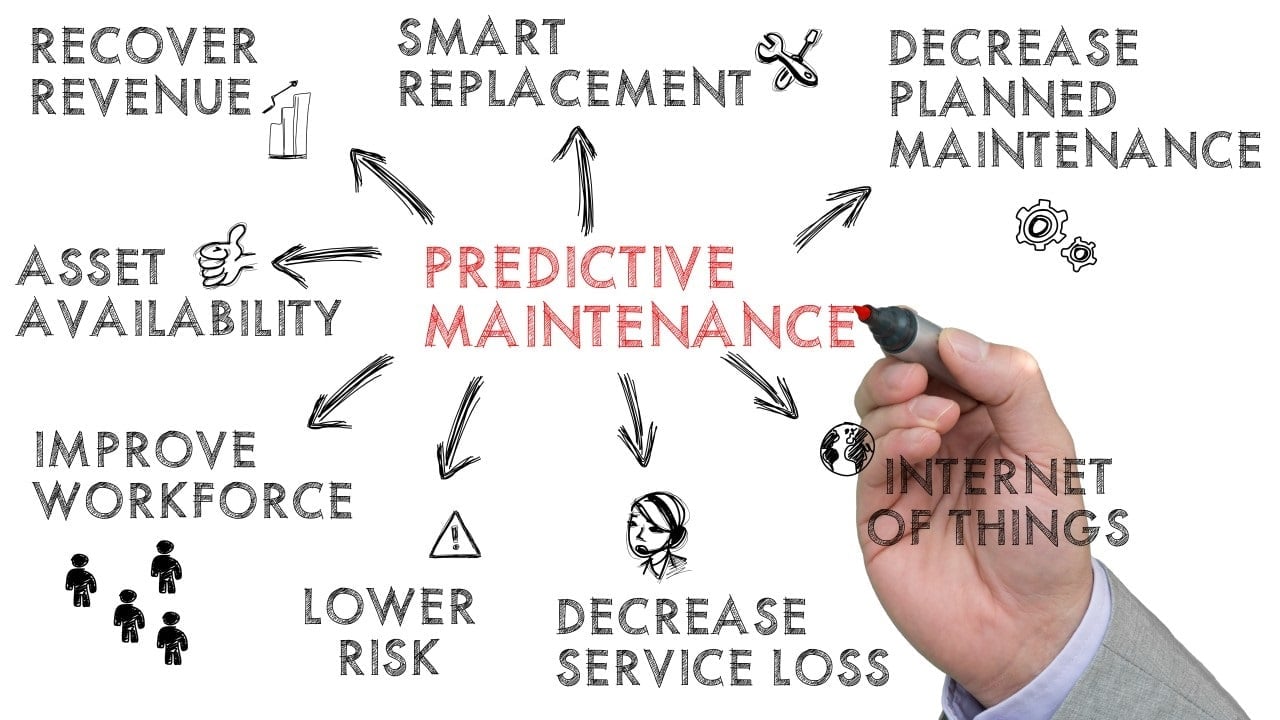
Image Recognition
Image recognition is an AI technology that can help businesses optimize their images for SEO. These tools analyze the content of images and identify relevant keywords and phrases that can be used to improve search engine rankings and can even be done straight from Google.
Voice Search Optimization
With the rise of smart speakers and virtual assistants, voice search has become an increasingly popular way for people to search the internet. In 2023, businesses will need to optimize their websites for voice search to stay relevant. This means focusing on long-tail keywords and natural language queries that people are more likely to use when speaking rather than typing.
Voice search is a rapidly growing area of SEO, and SaaS companies need to incorporate voice search optimization strategies and tools to stay ahead of the competition.
As more people use voice assistants such as Amazon’s Alexa, Apple’s Siri, and Google Assistant to search for information, products, and services, it’s essential for businesses to optimize their online presence for voice search.
Long-tail Keywords
When optimizing for voice search, it’s important to focus on long-tail keywords that match the way people speak. Long-tail keywords are more conversational and mimic the way people naturally speak. By incorporating long-tail keywords into their content, SaaS companies can improve their chances of appearing in voice search results.
FAQ Pages
Creating an FAQ page on your website is another effective strategy for voice search optimization. Many voice search queries are phrased as questions, and by having an FAQ page, you can provide answers to the questions people are asking. This can increase the chances of your website appearing in voice search results.
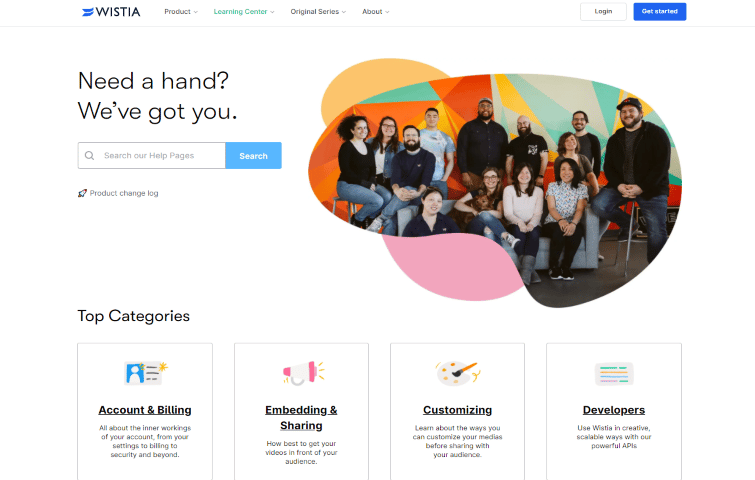
Schema Markup
Schema markup is a type of code that you can add to your website to help search engines better understand the content of your pages. By using schema markup, you can improve your chances of appearing in voice search results. For example, you can use schema markup to highlight your business’s address, phone number, and opening hours, making it easier for voice assistants to provide this information to users.
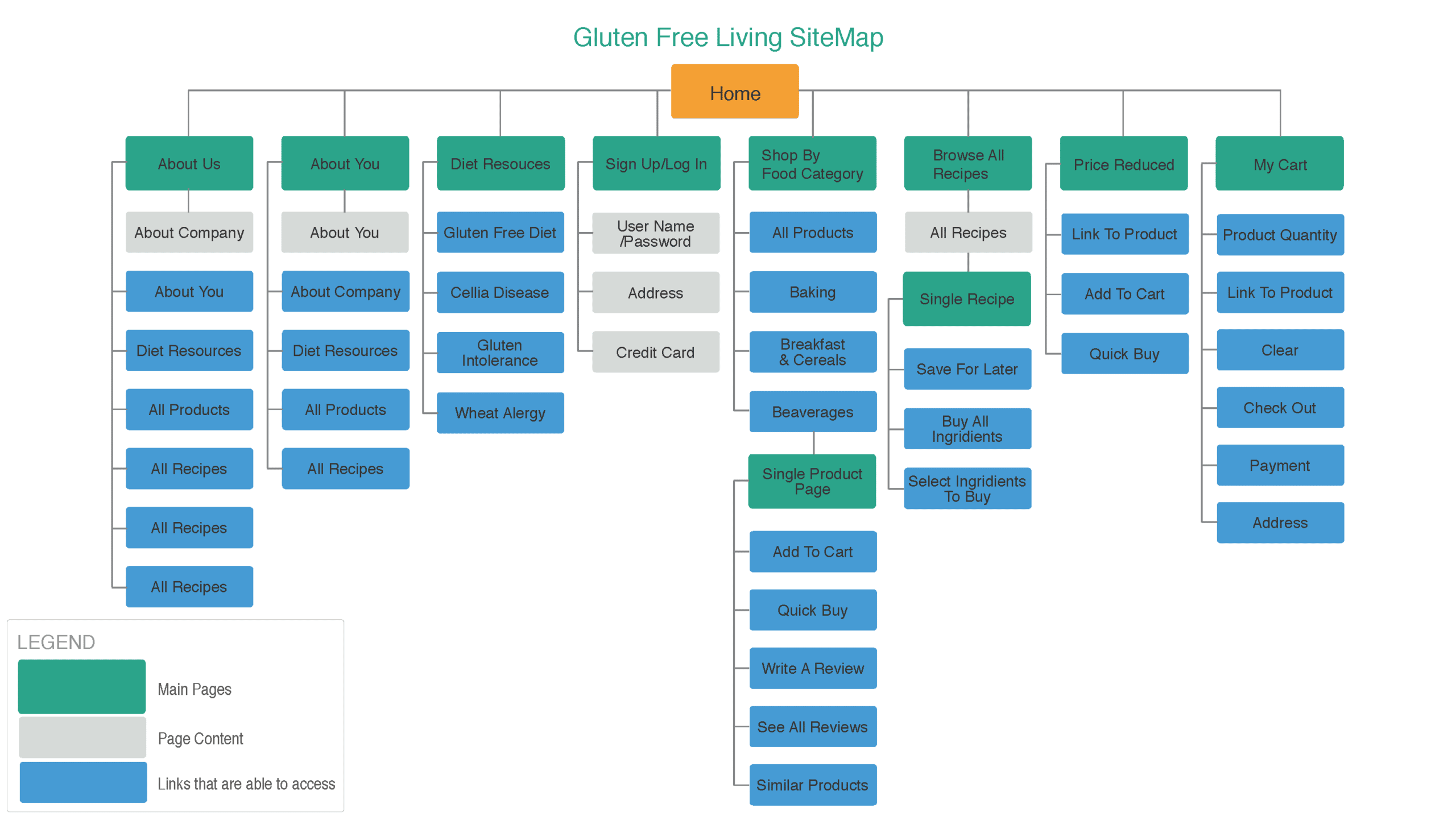
Conversational Tone
When creating content, it’s important to use a conversational tone that matches the way people speak. This can help improve your chances of appearing in voice search results. By writing content that’s easy to understand and engaging, you can increase the chances of people interacting with your website.
Mobile Optimization
Voice search is often performed on mobile devices, so it’s important to ensure your website is mobile-optimized. This means your website should load quickly, be easy to navigate, and have a responsive design that adapts to different screen sizes.
Video Optimization
Video content has become an increasingly important part of digital marketing, and this isn’t going anywhere in 2023. Google’s algorithm is becoming better at understanding video content, and businesses that optimize their video content for SEO will see better search engine rankings. This includes optimizing video titles, descriptions, and tags.
Video content has become an integral part of many SaaS companies’ online presence. However, it’s not enough to simply create great video content; SaaS companies also need to optimize their videos for SEO.
Keyword Research
Just like with written content, it’s essential to conduct keyword research for video content. SaaS companies need to identify the keywords and phrases that their target audience is using to search for information related to their products or services. By incorporating these keywords into video titles, descriptions, and tags, SaaS companies can improve their chances of appearing in search results.
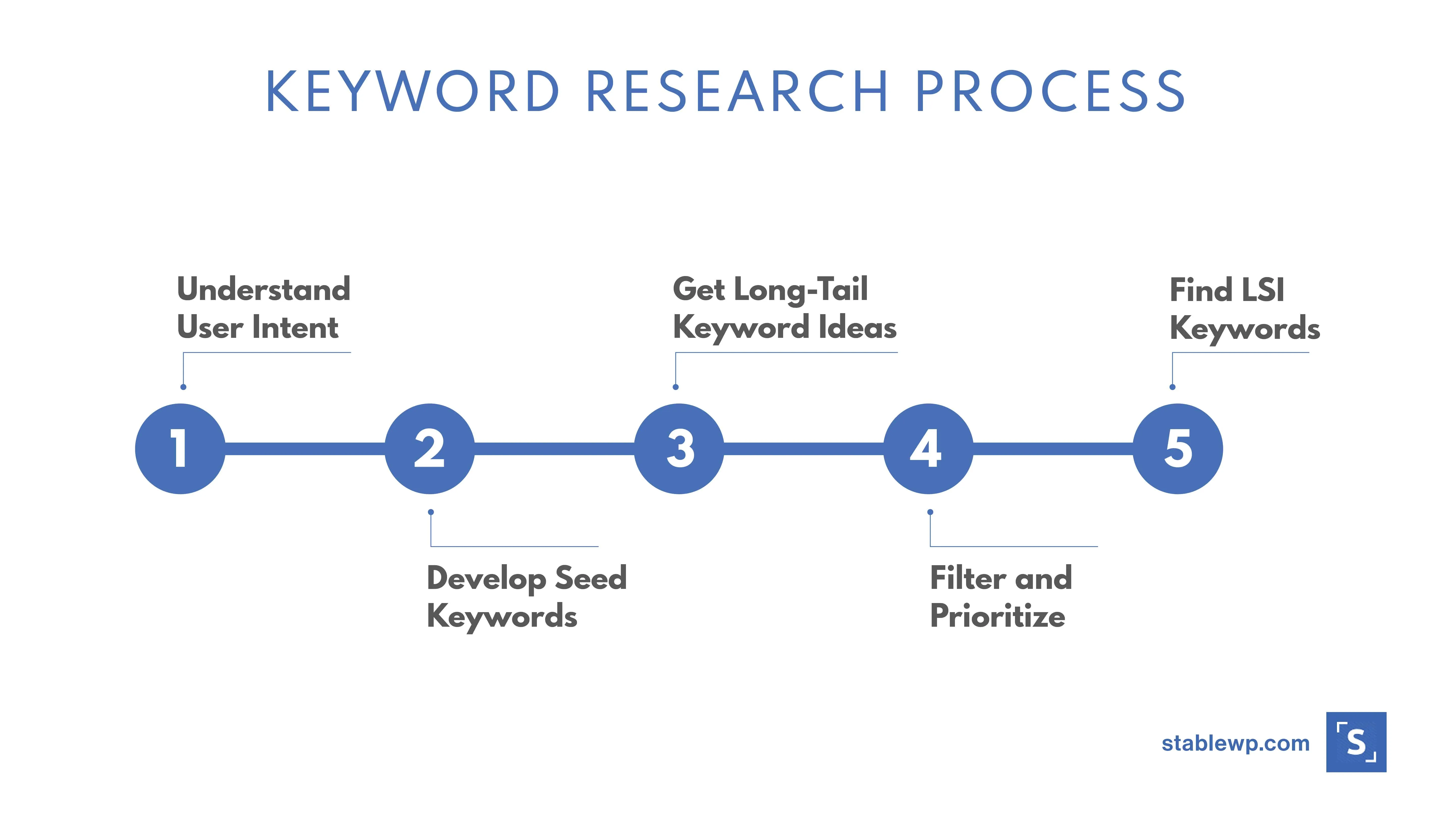
Transcriptions
Adding transcriptions to your video content is an effective way to improve your SEO. Transcriptions make it easier for search engines to crawl and index your content, making it more likely to appear in search results. Additionally, transcriptions can improve the accessibility of your video content for users with hearing impairments.
Thumbnails
Video thumbnails are the small images that appear next to video titles in search results. Creating eye-catching and relevant thumbnails can encourage more clicks and views, which can help improve your search engine rankings. SaaS companies need to ensure that their thumbnails are visually appealing and accurately represent the content of their videos.
Video Length
The length of your video content can also impact your SEO. While there’s no ideal length for videos, it’s important to keep in mind that users have short attention spans. Creating shorter videos that get straight to the point can help improve engagement and increase the likelihood of users watching the entire video.
Video Sitemaps
Video sitemaps are a type of code that you can add to your website to help search engines understand the video content on your website. By using video sitemaps, you can provide additional information about your videos, such as the title, description, and thumbnail. This can help improve your chances of appearing in search results.
Key Takeaways
In conclusion, this world is constantly evolving, and businesses need to stay on top of the latest SaaS SEO trends to stay relevant. In 2023, optimizing for user experience, AI and machine learning, voice search, video, and featured snippets will be crucial for SEO success. By focusing on these areas, businesses can improve their search engine rankings and drive more organic traffic to their websites.
